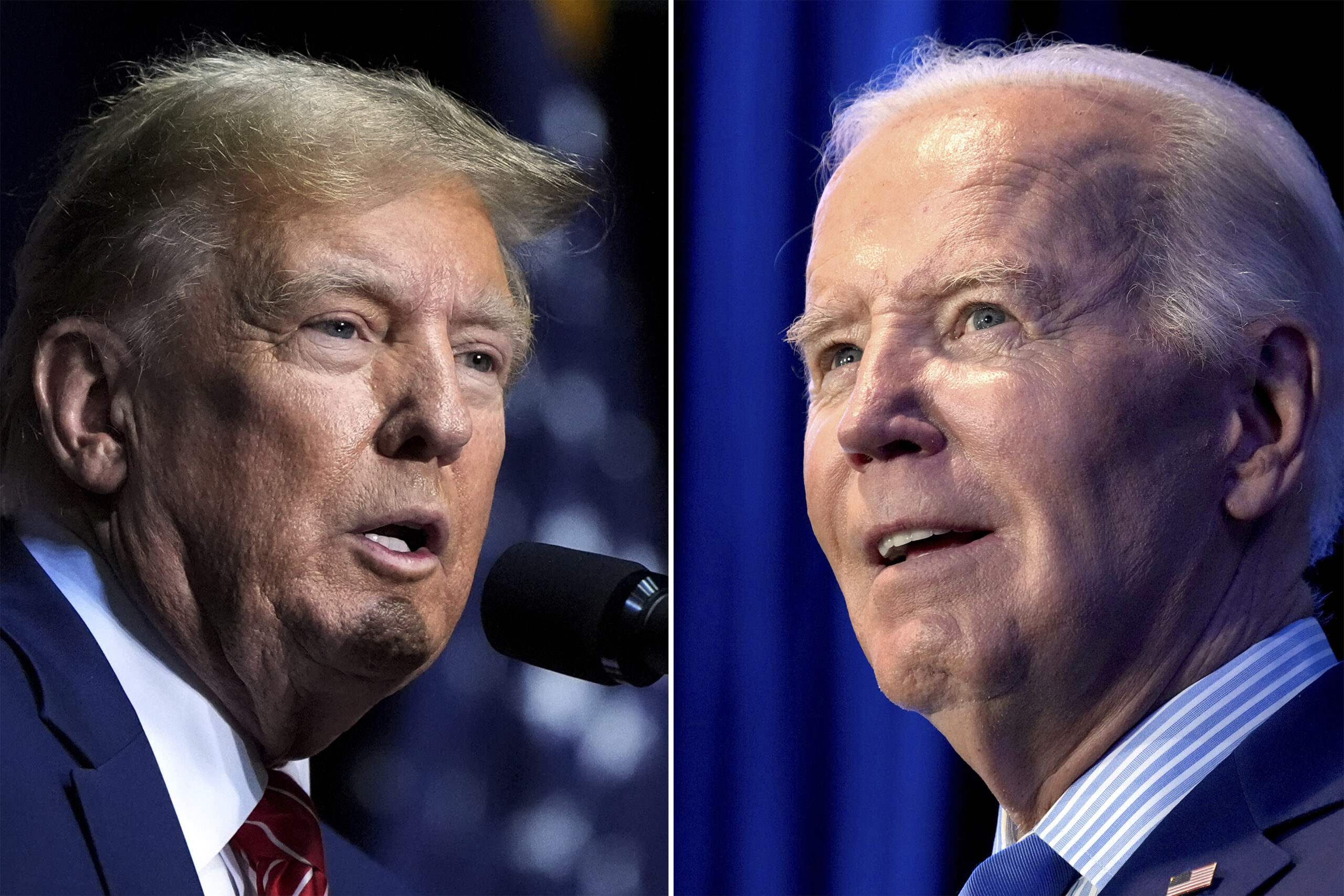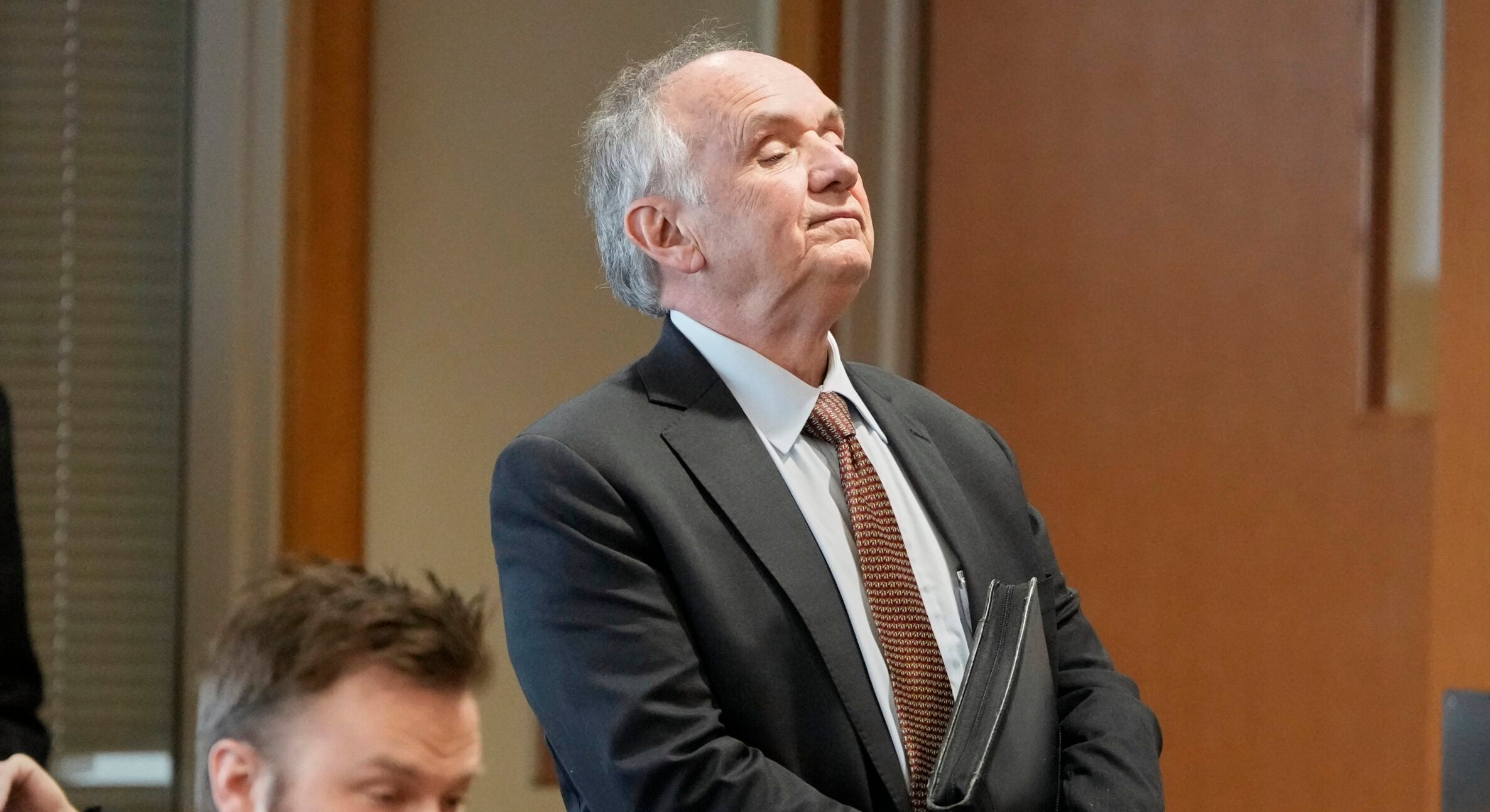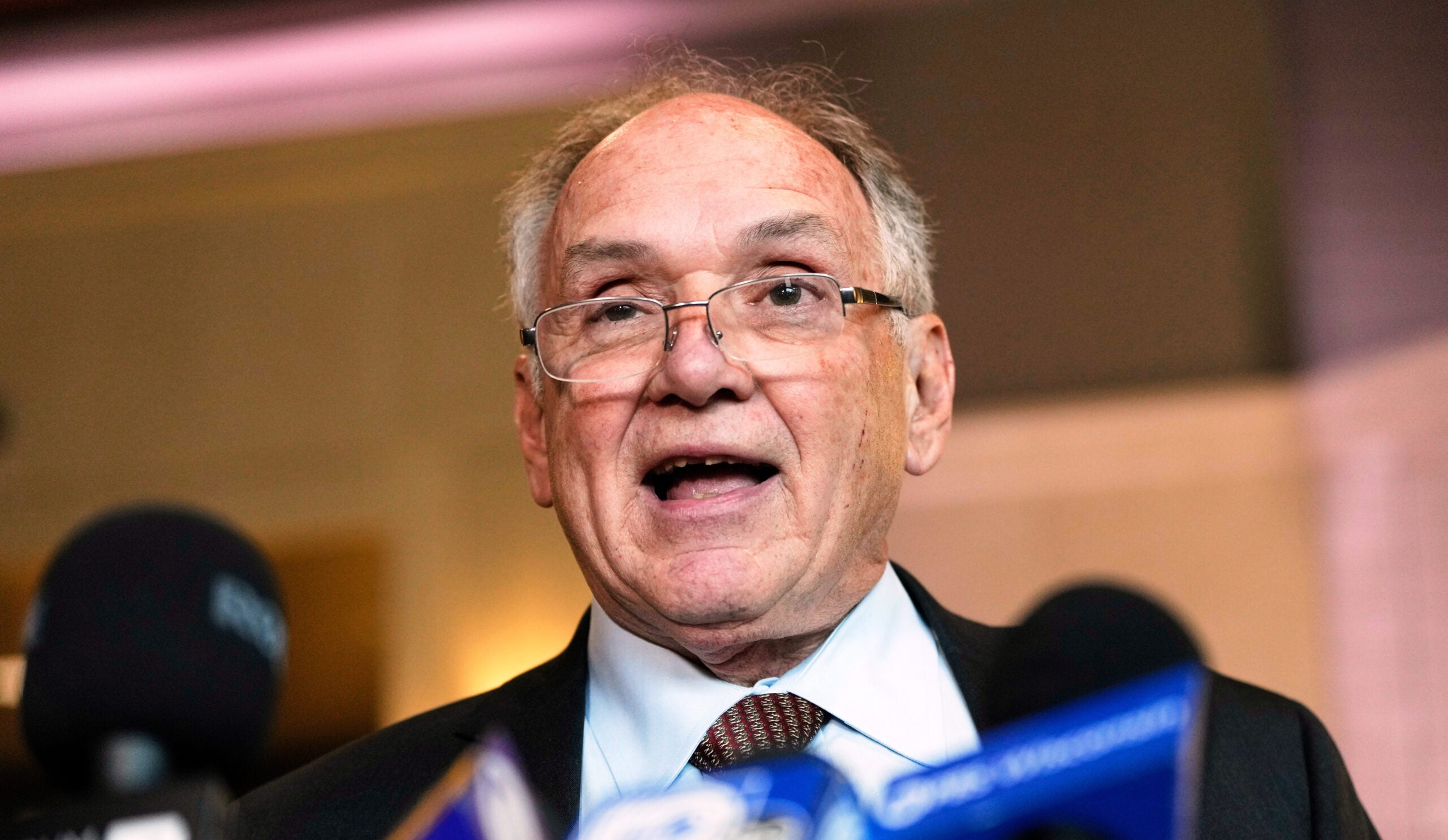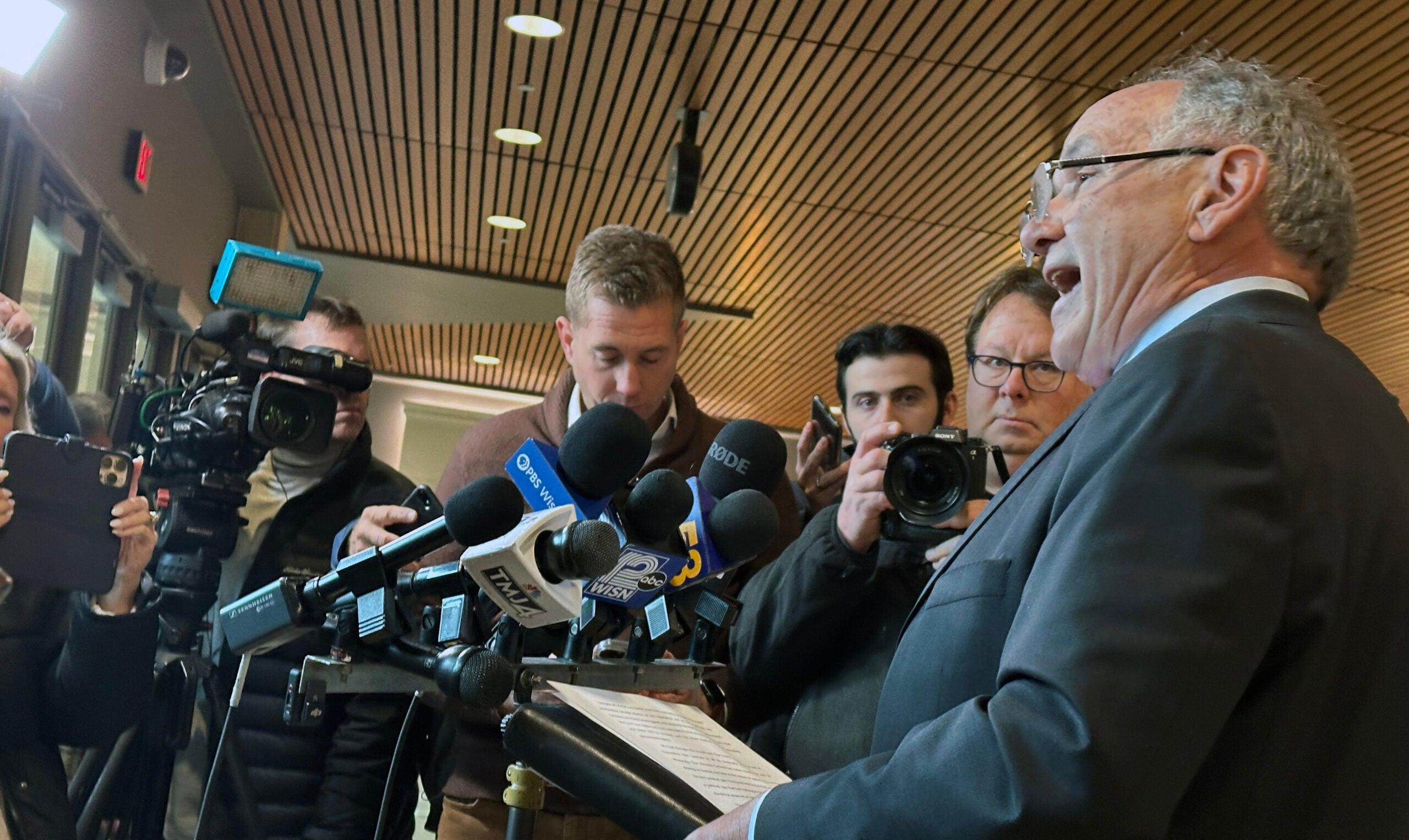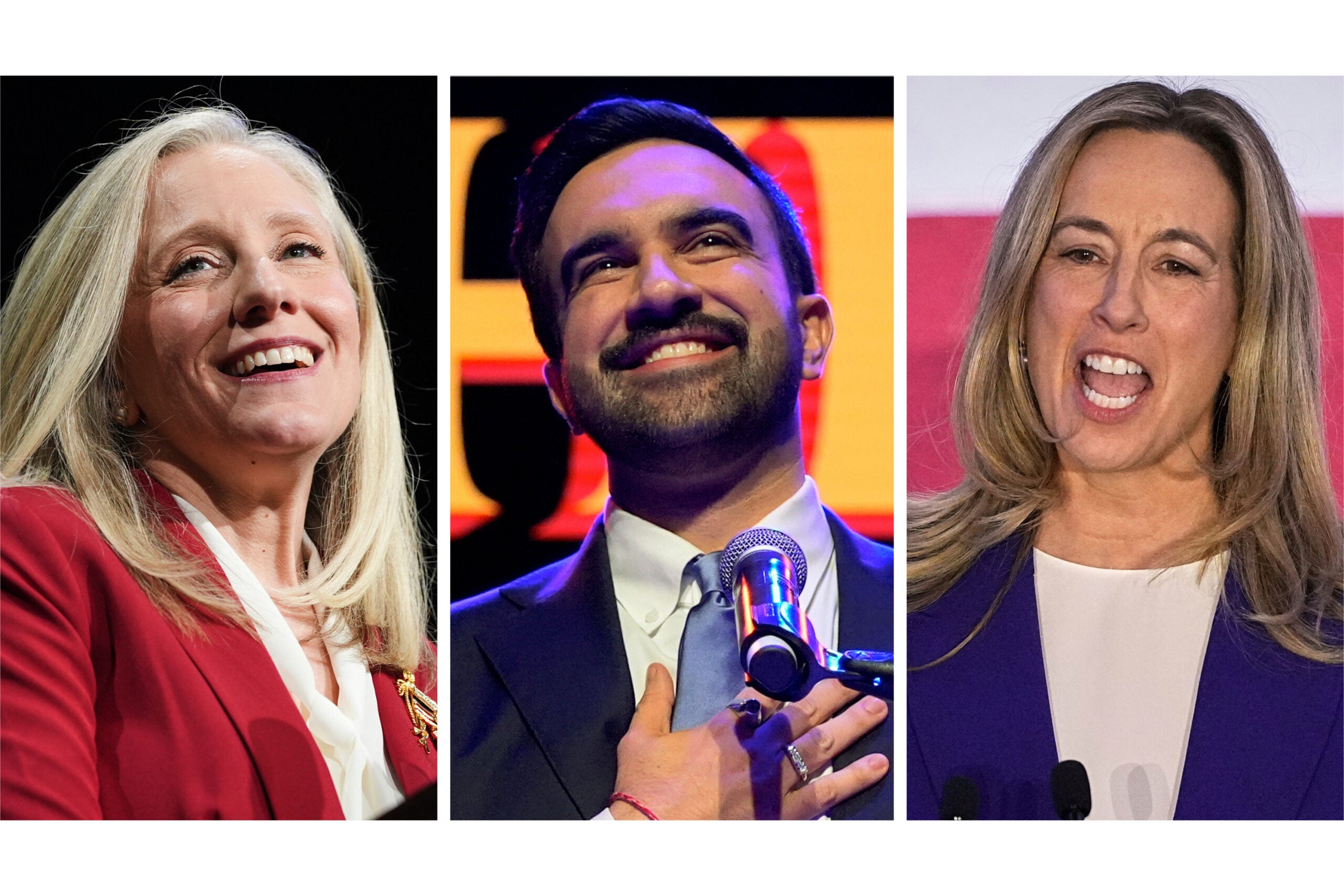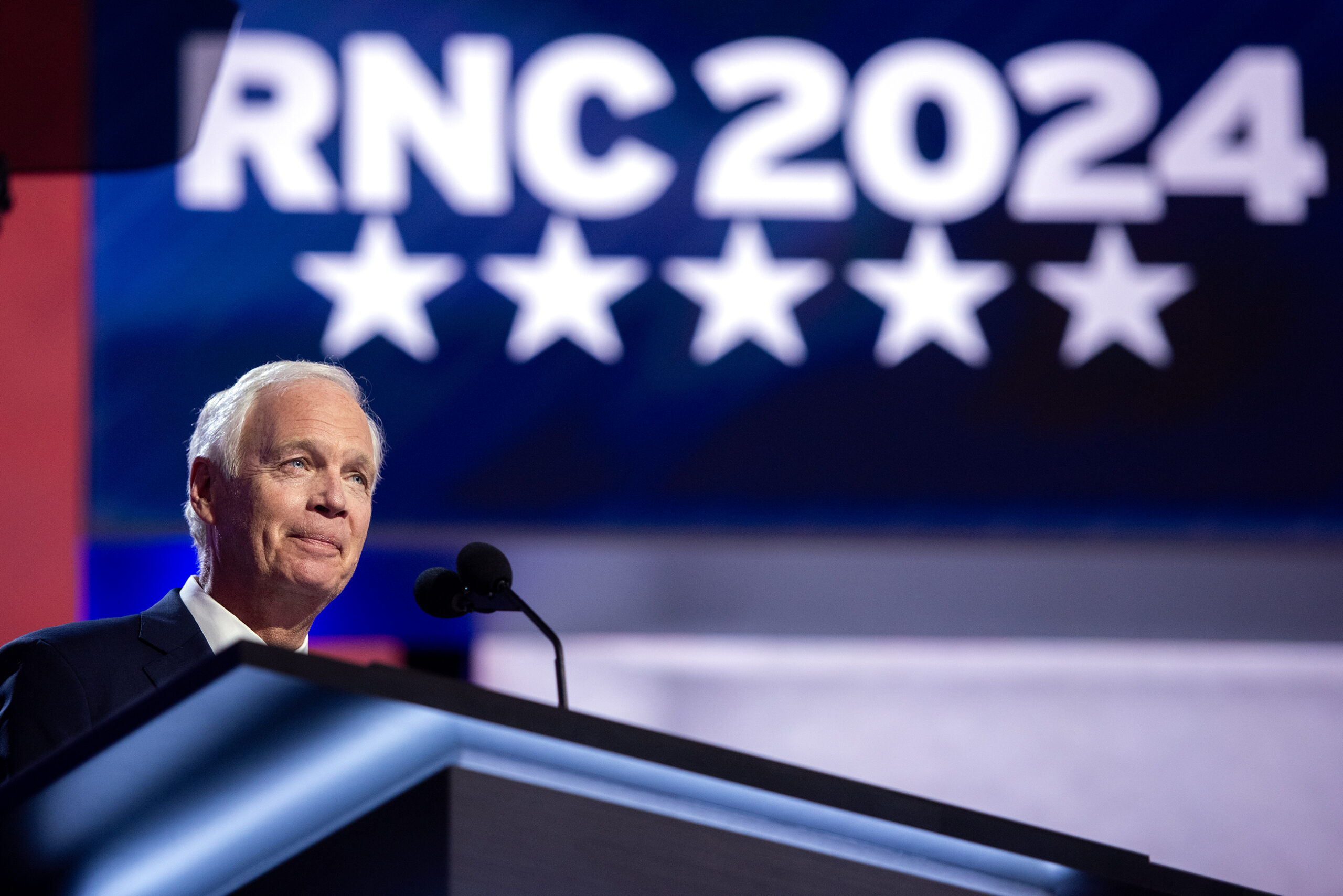President Joe Biden and former President Donald Trump are already making campaign visits to Wisconsin. But how do voters respond at the polls?
Christopher Devine is an associate professor at the University of Dayton and the author of “I’m Here to Ask for Your Vote: How Presidential Campaign Visits Influence Voters.” Morning Edition Host Alex Crowe spoke with him about whether these visits matter.
This interview has been edited for clarity.
News with a little more humanity
WPR’s “Wisconsin Today” newsletter keeps you connected to the state you love without feeling overwhelmed. No paywall. No agenda. No corporate filter.
Alex Crowe: So both Biden and Trump and a lot of their surrogates have been making campaign stops to Wisconsin. Do these visits really move the needle at all in terms of getting more people to turn out and vote for them?
Christopher Devine: Well, I don’t find much evidence that campaign visits really move votes. If you look at over the 2008 to 2020 timeframe — which of course includes the year famously when Hillary Clinton did not visit Wisconsin in 2016 — you don’t see much evidence that county by county, the more they win in terms of vote share, nor do you usually see any change in turnout.
There are a couple of exceptions: John McCain and Barack Obama. I find some evidence in 2008 that they actually gained some votes, we’re talking less than a percentage point per visit. But that’s something — especially in a close state potentially like Wisconsin.
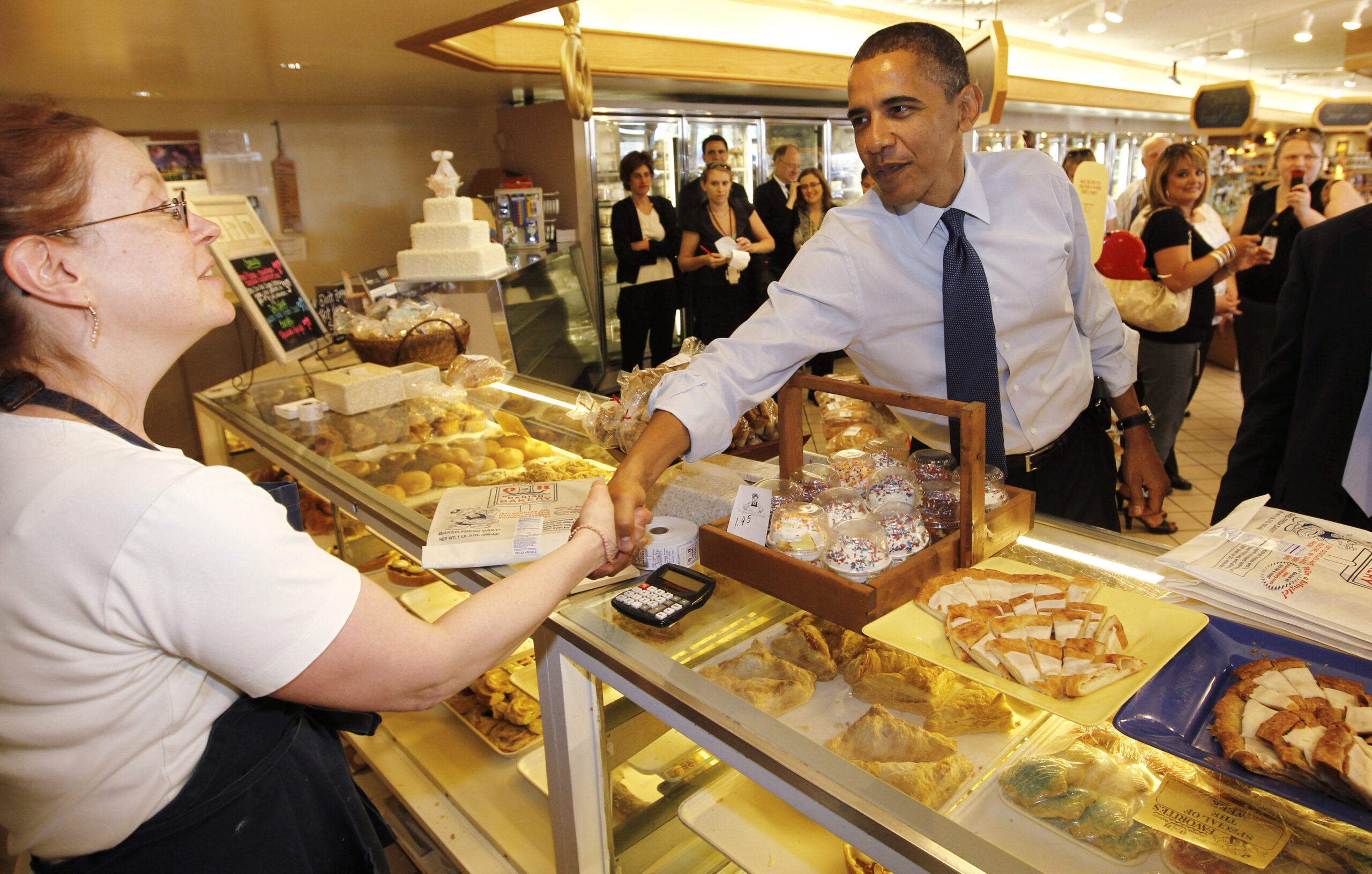
But others like Donald Trump or, again, Hillary Clinton in other states in 2016, there’s no clear evidence that their visits really help. There’s one exceptional carve out here. That is actually when they visit more competitive counties. So ones that are split the last time around. Neither candidate won by more than ten percentage points.
We do see evidence that candidates — including Clinton and Trump both times, even Biden in 2020 — were more effective that they actually apparently persuaded some voters in those counties. So overall, not much of an effect. But if they go to the right place, it could make a difference.
AC: We mentioned 2016 a couple of times. That is very infamous here in the state of Wisconsin. Hillary Clinton did not visit. Do we know why she did not visit and if that turned into a lack of enthusiasm from Wisconsin voters?
CD: I should point out that Hillary Clinton in 2016, it’s not that she didn’t visit, but she was the first candidate to not visit Wisconsin since 1972. And I think while her visits didn’t generally help her out a lot, by the way, she did visit Pennsylvania quite a bit.
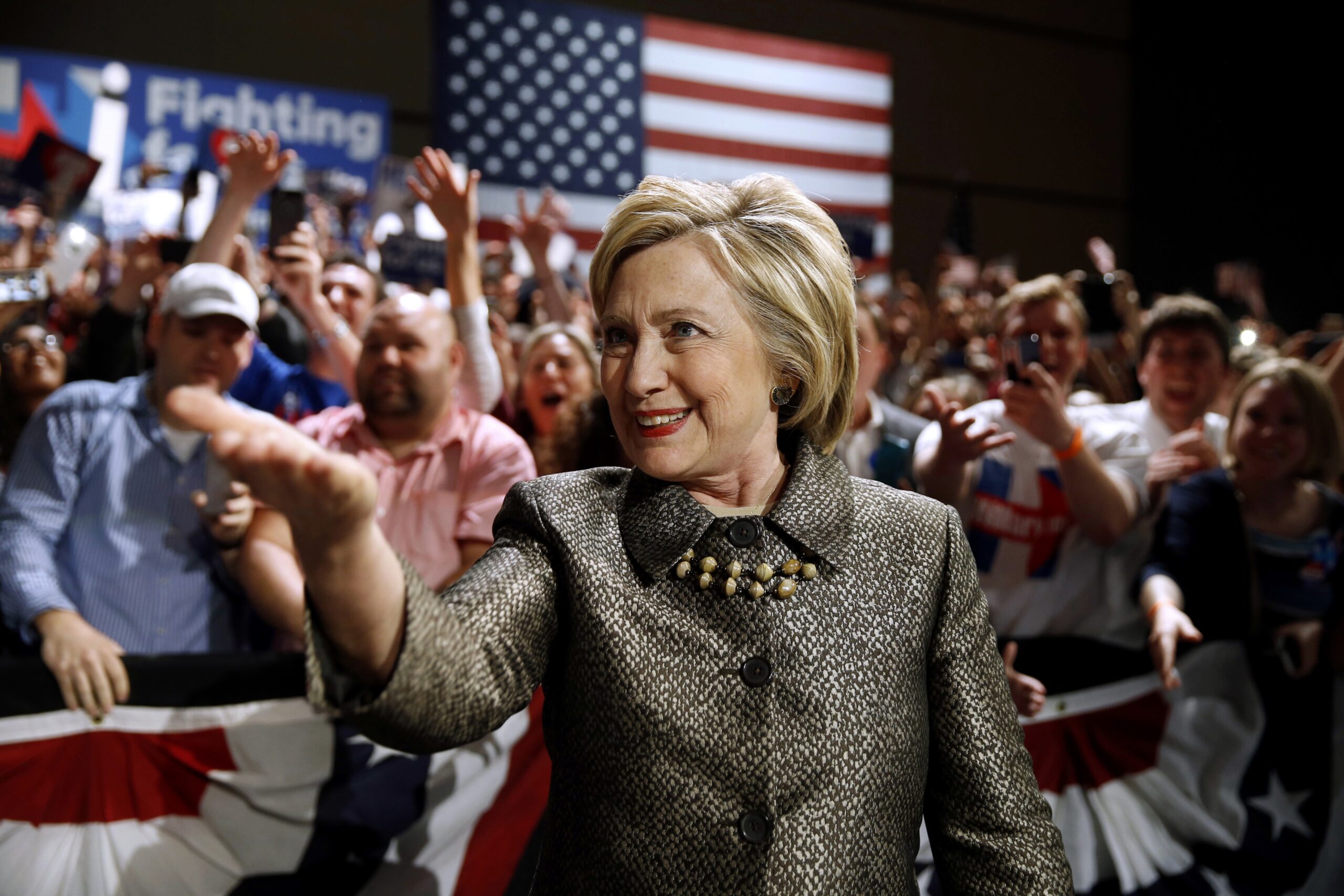
So people who say that she lost the entire election because she didn’t visit Wisconsin are really overstating the case. Even if she had won Wisconsin, she would need Michigan and Pennsylvania. She went to both, especially Pennsylvania, and she didn’t win there either.
I think what it said to voters in Wisconsin or another place that she didn’t visit or visit much, it was a signal that she wasn’t taking them seriously enough. I think to people nationwide, it confirmed for them a perception of Clinton’s campaign, whether fair or not, that was she was taking victory for granted. That she thought she had this thing sewn up and she didn’t take Donald Trump very seriously. I think that was actually a really damaging message that people got.
AC: There have been a lot of campaign visits from both President Biden and former President Donald Trump. So why are they here and do these campaigns really matter?
CD: I think no candidate in the near future is going to make the mistake of not visiting Wisconsin. But, too, I think it is important to visit. It’s not likely to move votes, but let’s put it this way — and probably Clinton is a good example of this — when one candidate is visiting, when your opponent is visiting and you don’t bother, it opens up an opportunity for them to control a local information environment to basically get your message locally, while the other side is just staying silent.
So sometimes the effectiveness of these visits, it’s not so much in the votes they gain, but cancelling out perhaps whatever advantage the other candidate might have. Not ceding that ground to them entirely.
AC: Back in the pandemic in 2020, when we think back to that election it was very different. Democrats were largely virtually campaigning, and we thought this may be the future. Now it seems like we’ve gone back to in-person visits and Donald Trump’s holding his rallies. So what does the future of campaign visits look like?
CD: There was some innovation in the 2020 campaign due to necessity. At least on the Democratic side, Republicans did it differently. But I have to point out Joe Biden, there’s a tag on him that he was stuck in his basement during the 2020 campaign. He was out of the basement by June. He was traveling less, but by the time we got to the fall, he made quite a few campaign visits.
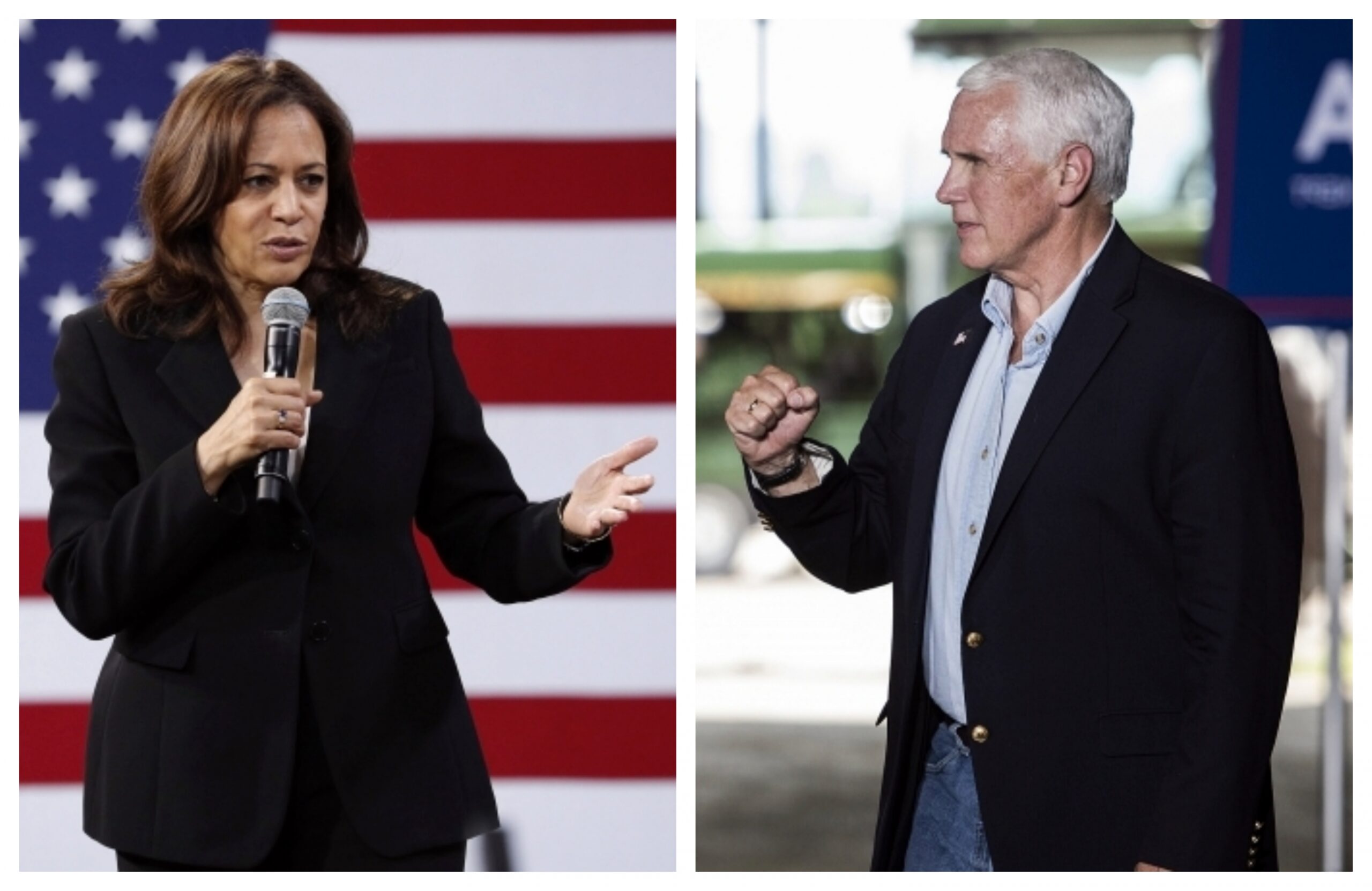
He made more campaign visits in 2020 than Kamala Harris or Mike Pence, and not that many fewer than Donald Trump. So he was out there on the campaign trail, he was doing smaller events. So it seemed less like what we typically perceive as a campaign event. So I think you’re going to see that continuing.
If Biden were not to do so, it would bring back that attack on him. It would reinforce perceptions, fair or not, that he’s too old for the office. If he’s not up to the job of normal campaigning, maybe he’s not up to the job being president. That’s a perception that he would want to fight against in this campaign by showing up in Wisconsin and in other states.
Wisconsin Public Radio, © Copyright 2025, Board of Regents of the University of Wisconsin System and Wisconsin Educational Communications Board.

